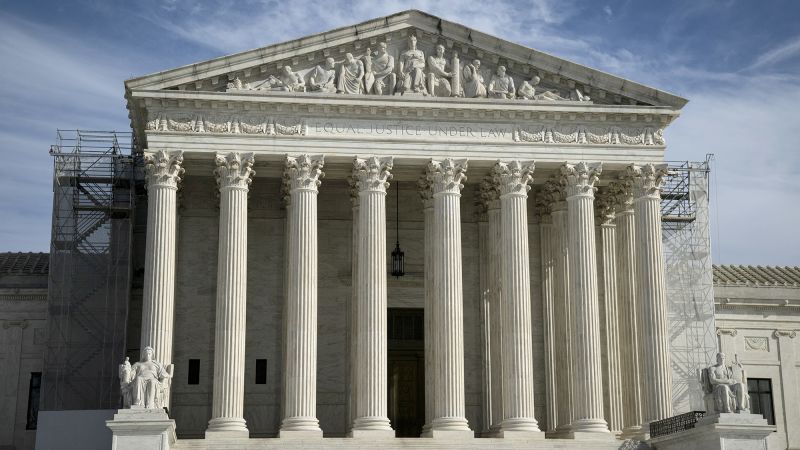Supreme Court Expands Review Process for Excessive Force Claims in Police Shootings
The Supreme Court allows a lawsuit for excessive force to proceed, emphasizing the need to consider events leading up to police shootings.
Subscribe to unlock this story
We really don't like cutting you off, but you've reached your monthly limit. At just $5/month, subscriptions are how we keep this project going. Start your free 7-day trial today!
Get StartedHave an account? Sign in
Overview
In a unanimous decision, the Supreme Court ruled that courts must consider the circumstances preceding police use of force in excessive force claims. This ruling stems from the case of Ashtian Barnes, who was killed during a traffic stop in 2016. The decision overturned the 'moment-of-threat rule' previously used by lower courts, reinforcing that a comprehensive analysis is essential in evaluating police actions. Justice Kagan emphasized the importance of understanding the context, while Justice Kavanaugh acknowledged the challenges officers face during such incidents. The ruling could impact future cases regarding police accountability.
Report issue

Read both sides in 5 minutes each day
Analysis
- The Supreme Court unanimously ruled to allow a family to pursue an excessive force claim against a police officer, emphasizing the need to consider events leading up to a use-of-force incident, not just the moment of threat.
- The ruling rejected the 'moment of the threat' doctrine, highlighting that courts must look at the totality of circumstances when evaluating police use of force.
- Justice Kavanaugh's concurrence acknowledged the difficult decisions faced by officers during traffic stops, indicating the ruling does not dismiss these real-world challenges.
Articles (3)
Center (1)
FAQ
The decision stems from the case of Ashtian Barnes, who was killed during a traffic stop in 2016, involving a lawsuit against officer Roberto Felix.
The 'moment-of-threat' rule focused solely on the circumstances at the exact moment an officer perceived a threat, without considering prior events leading up to the use of force.
The ruling emphasizes the need for a comprehensive analysis of all relevant circumstances, potentially increasing scrutiny and accountability in police use-of-force cases.
History
- This story does not have any previous versions.


